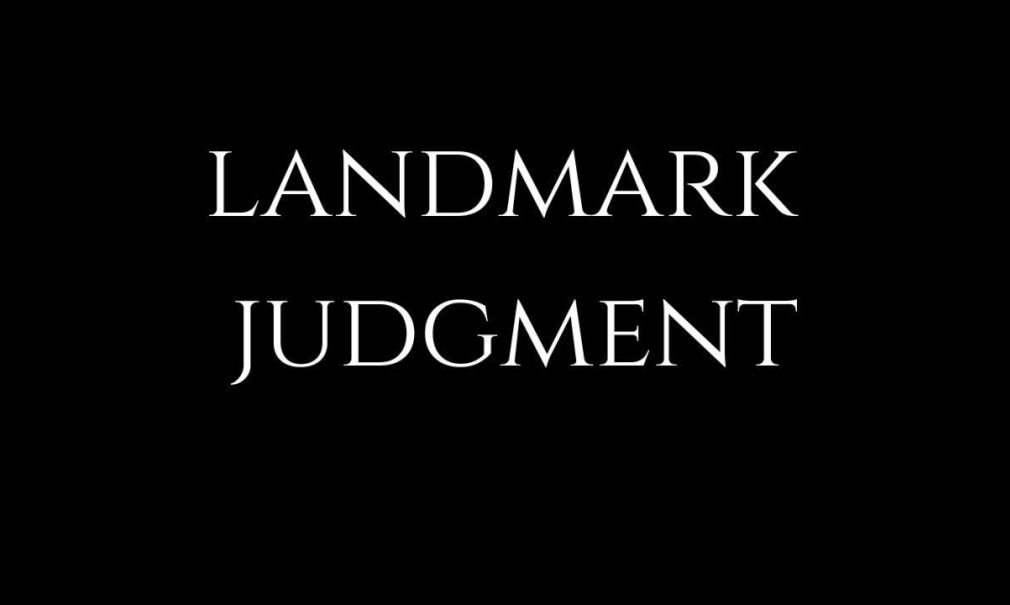Citation: Pritam Singh Vs The State, 1950 AIR 169
Date of Judgment: 05/05/1950
Equivalent citations: 1950 SCR 453; 1950 AIR 169
Case Type: Special Leave Petition (Criminal)
Petitioner: Pritam Singh
Respondent: The State
Bench: Hon’ble Justice Fazal Ali, Hon’ble Justice Saiyid, Hon’ble Justice Sastri, Hon’ble Justice M. Patanjali, Hon’ble Justice Mahajan, Hon’ble Justice Mehr Chand, Hon’ble Justice Mukherjea, Hon’ble Justice B.K. Das, Hon’ble Justice Sudhi Ranjan
Court: Supreme Court of India
Statutes Referred:
- Constitution of India; Article – 132,133,134,135,136
Cases Referred:
- Kapildeo Vs The King, 1950 SuppSCR 144
- Ibrahim Vs Rex, 1914 A.C 615
Facts:
- Pritam Singh had made some indecent overtures with wife of Kakarra Chamar, who had been brought into the village by Buta Singh (now deceased).
- Buta Singh after taking with Pritam singh and seeing his bad attitude advised Kakarra Singh to report to police station, but on his way to report he was brought back bytelling him that Pritam Singh had apologized.
- Thereafter Pritam Singh came up with a double barrelled 12-bore gun and shot Buta Singh in the abdomen, and Buta Singh died thereafter.
- Pritam Singh was then put on trial before the Sessions Judge, who on hearing five prosecution eye-witnesses, and considering other facts gave him death sentence.
- Feeling aggrieved by the decision, Pritam singh appealed to High Court, but the High Court upheld the decision of Sessions Judge.
- Thus by Special leave he moved to Supreme Court.
Issue Involved:
- Whether High Court was right in upholding the judgement of Sessions Court?
- Whether a person can move to Supreme Court on question based on facts through Special leave petition?
Contentions of Petitioner:
The Counsel of Petitioner contented that:
- Decision by the Courts is not correct as that the eye-witnesses were intimately connected with each other and with the deceased, thus the witnesses had made discrepant statements.
- The incident must have taken place late at night and that there were probably no eye-witnesses to identify the real assailant and the Petitioner had been falsely implicated on account of enmity.
- Once an appeal had been admitted by special leave, the entire case is open to contest all the findings of fact.
Contentions of Respondent:
The counsel of the Respondent contented that:
- Supreme Court is not an ordinary Court of criminal appeal and do not allow facts to be reopened, especially when two Courts agree in their conclusions.
- In this case evidence is supported by 5 eye-witnesses and both the courts have given due weightage to their reliability.
- It would be opposed to all principles and precedents if Supreme Court would turn itself into a third Court of fact and, after re-weighing the evidence, come to a conclusion different from that arrived at by the Trial Court and the High Court.
Judgement:
The Appeal was dismissed.
The court said that “The only uniform standard which in our opinion can be laid down in the circumstances is that Court should grant special leave to appeal only in those cases where special circumstances are shown to exist.”
Ratio Decidendi:
- Article 136 of Constitution of India is very general and is not confined merely to criminal cases, as is evident from the words “appeal from any judgment, decree, sentence or order” which obviously covers wide discretion with which Supreme Court is invested under it is to be exercised sparingly and in exceptional cases.
- Thus, unless it is shown that exceptional and special circumstances exist, that substantial and grave injustice has been done and that the case in question presents features of sufficient gravity to warrant a review of the decision appealed against, Special leave will not be granted. As the present case does not fulfil any of these conditions, the court did not interfere with the decision of the High Court.
Conclusion:
Supreme Court is the highest court within the hierarchy of courts to get justice, thus it is the last resort. There are two types of questions which can be appealed, question as to fact and question as to law. High Court is the highest court of appeal as to question of fact, whereas Supreme Court is the highest court of appeal as to question of law.
Thus in this case through Special leave the Petitioner tried to appeal Supreme Court on question of facts, the court after examining the case could not find any exceptional and special circumstances in the case and thus dismissed the appeal.
Drafted By: Harshpreet Kaur (Lloyd Law College)
Published On: September 28, 2021 at 18:57 IST

